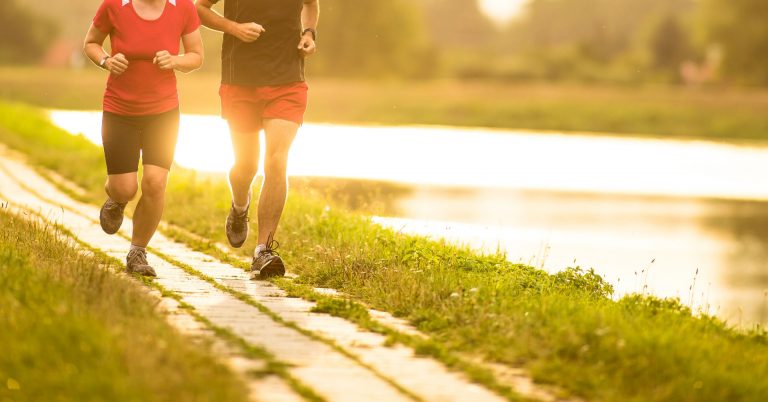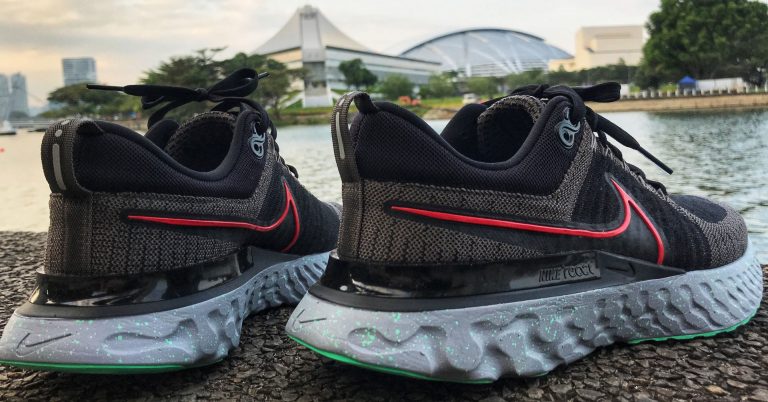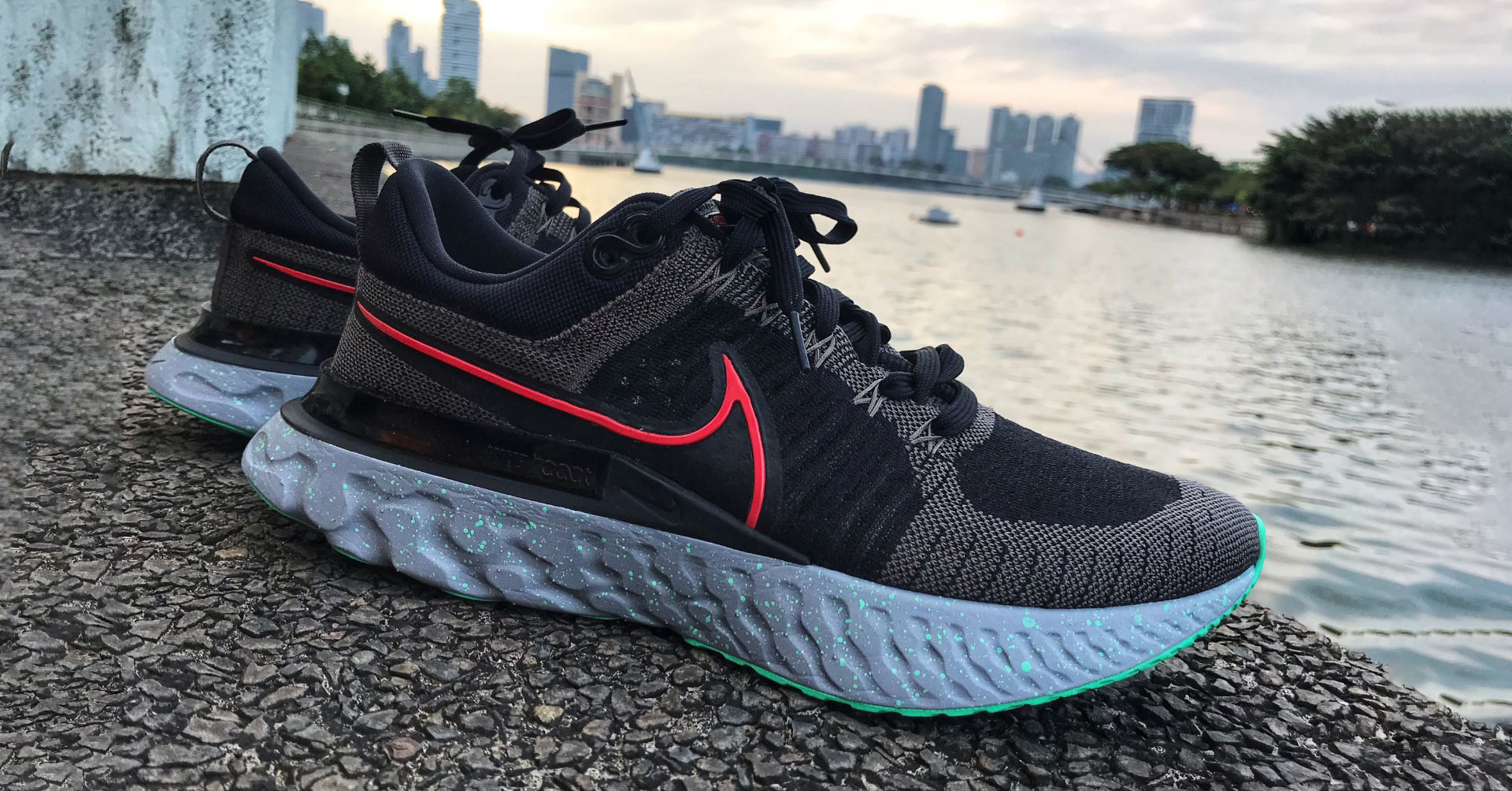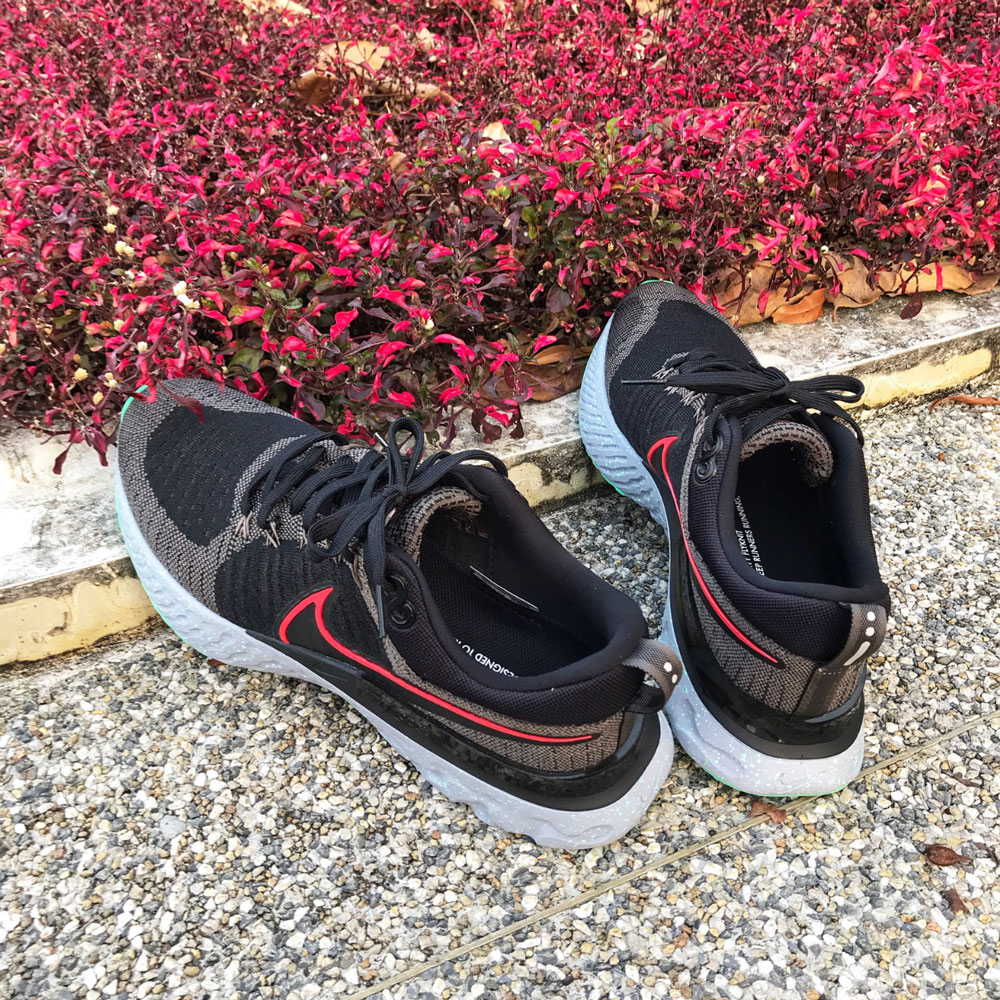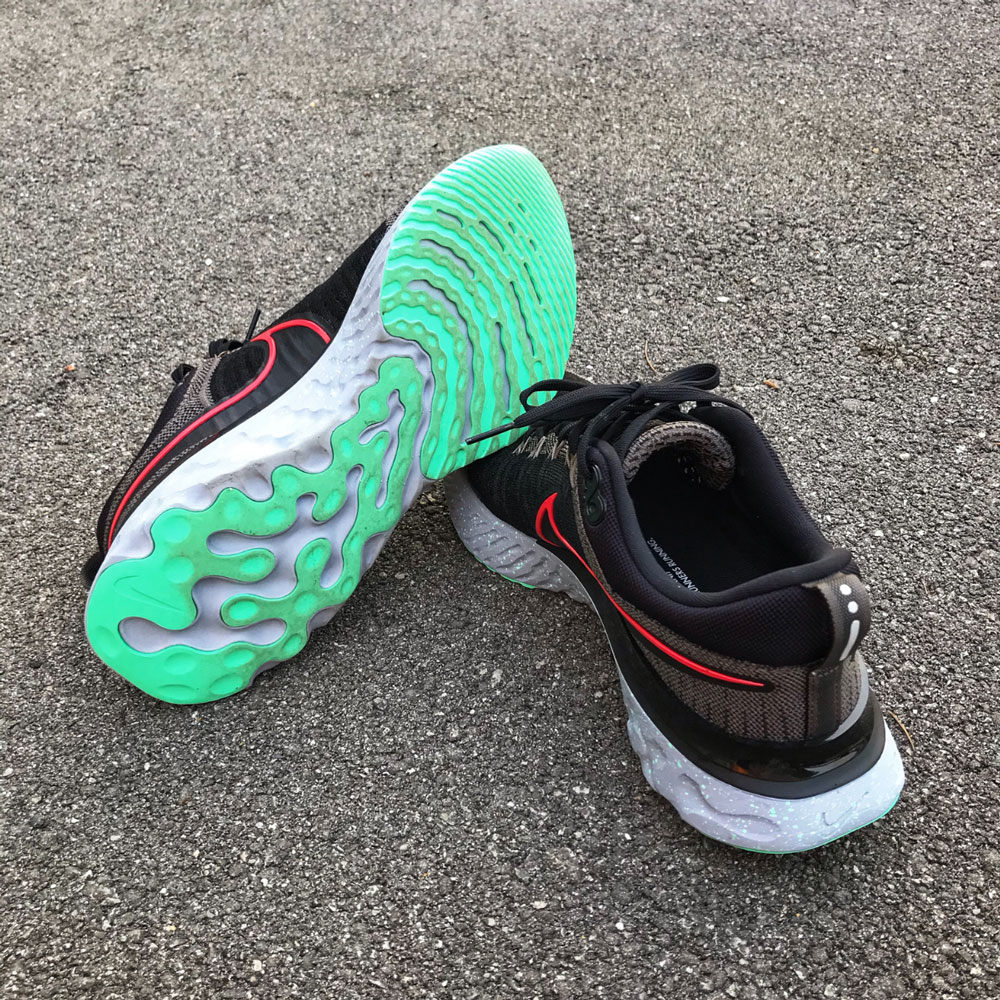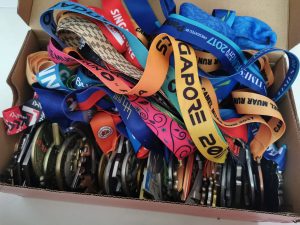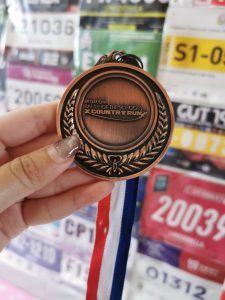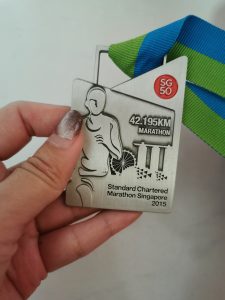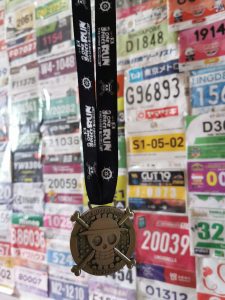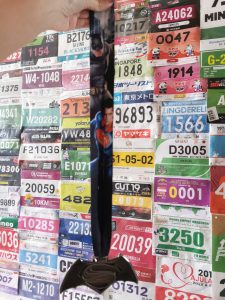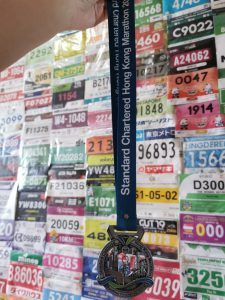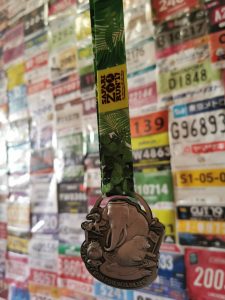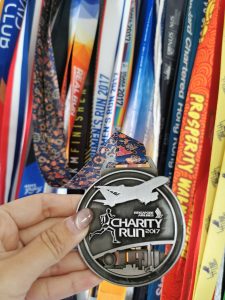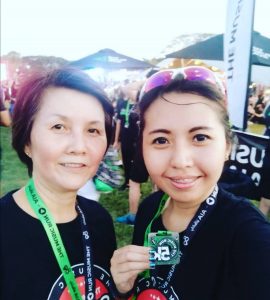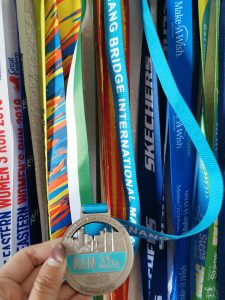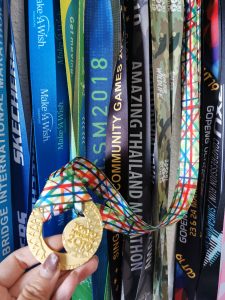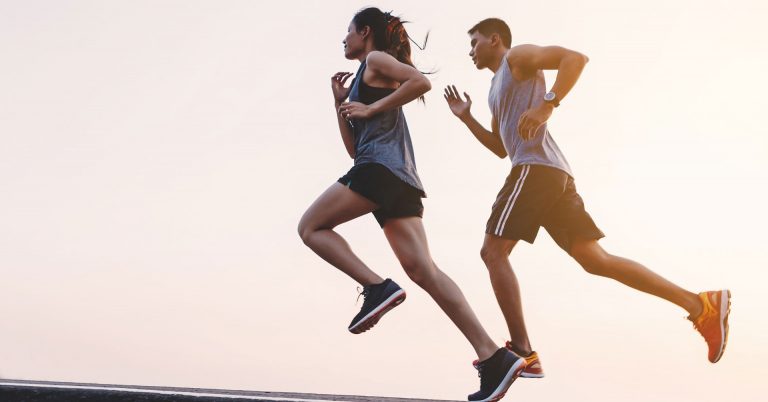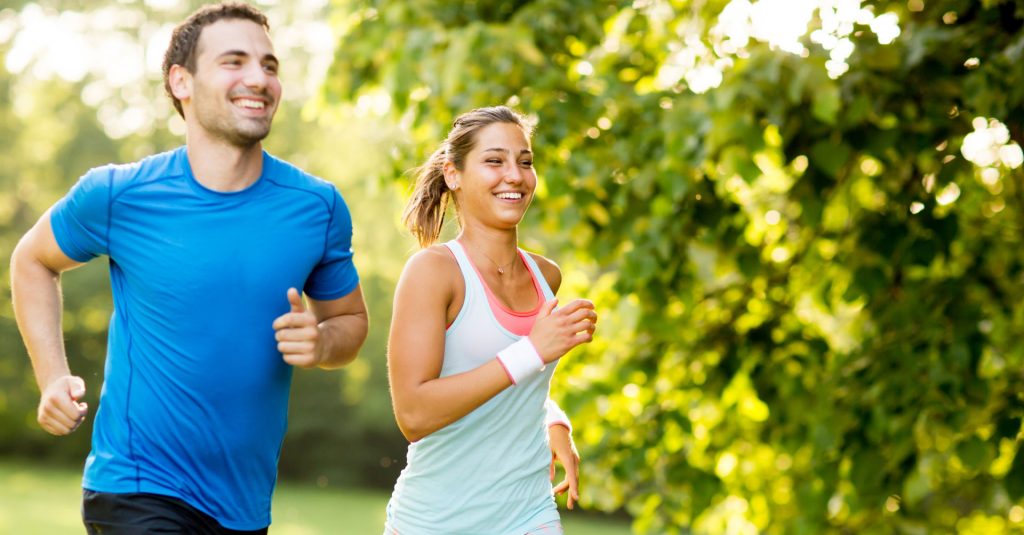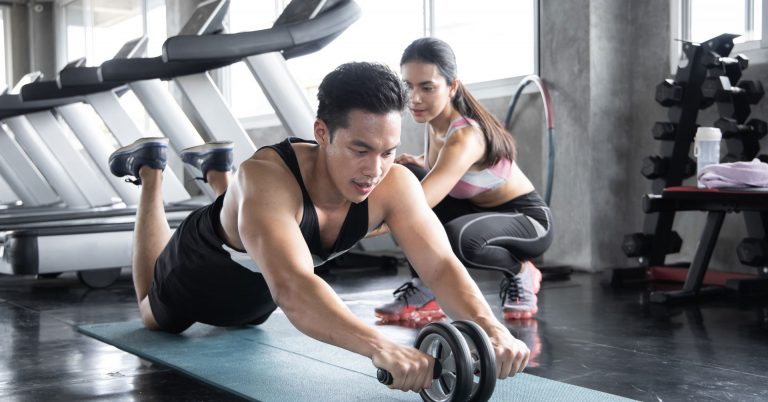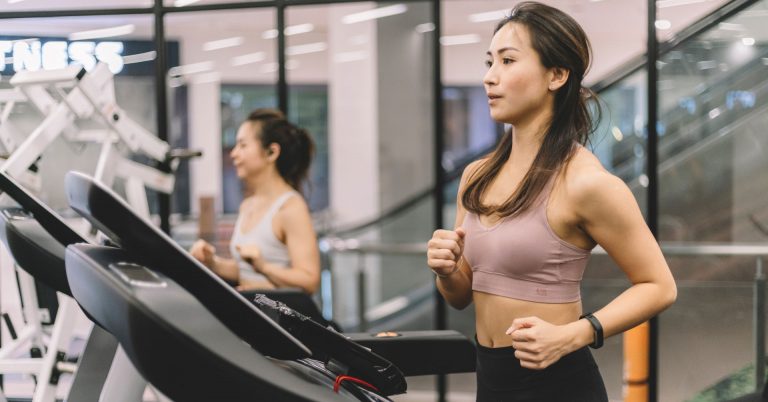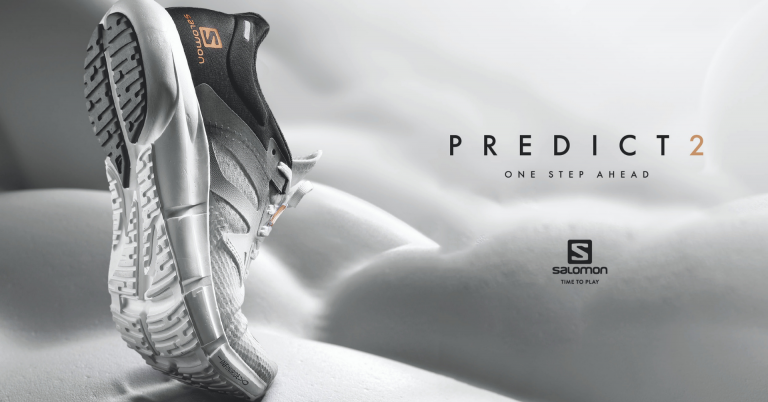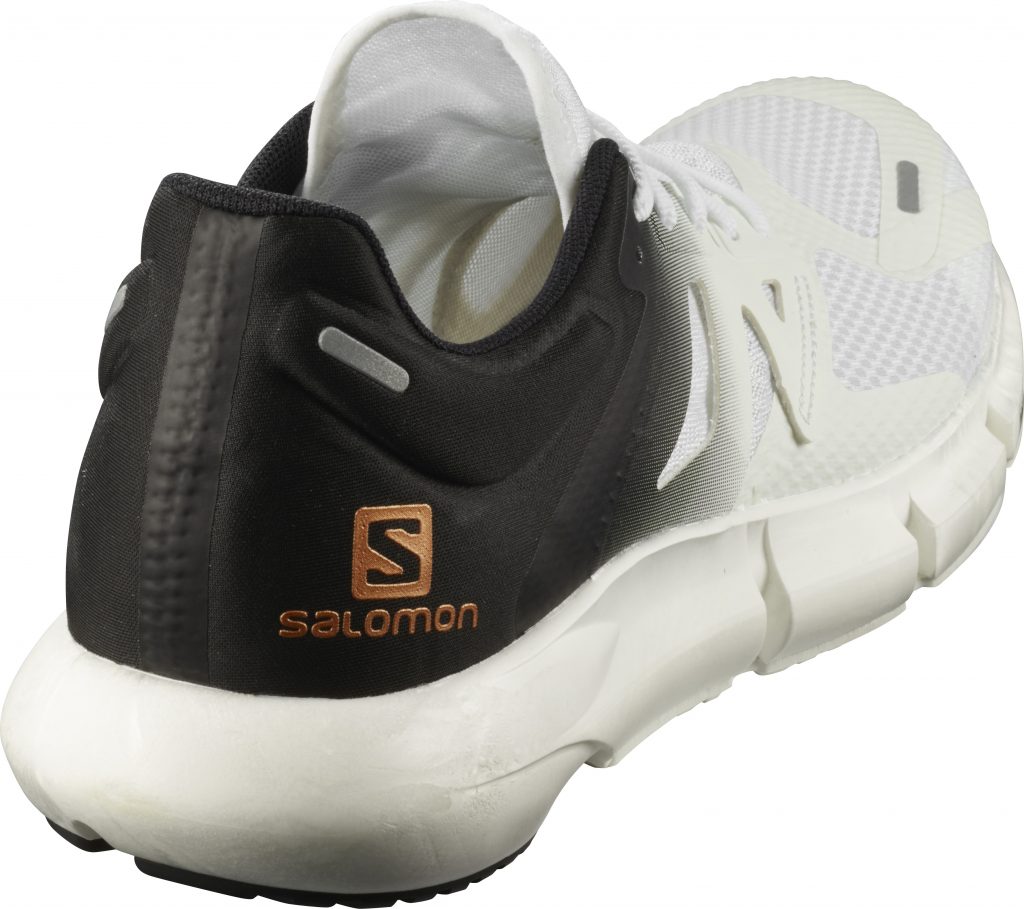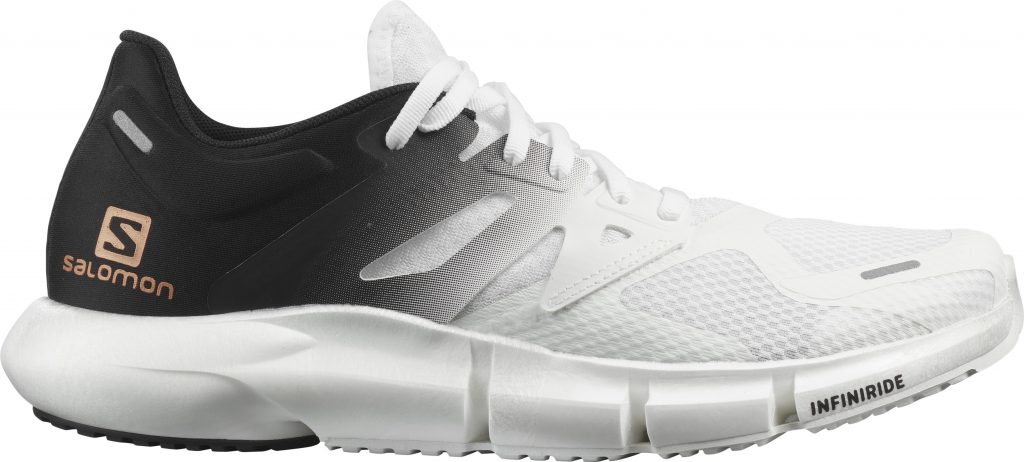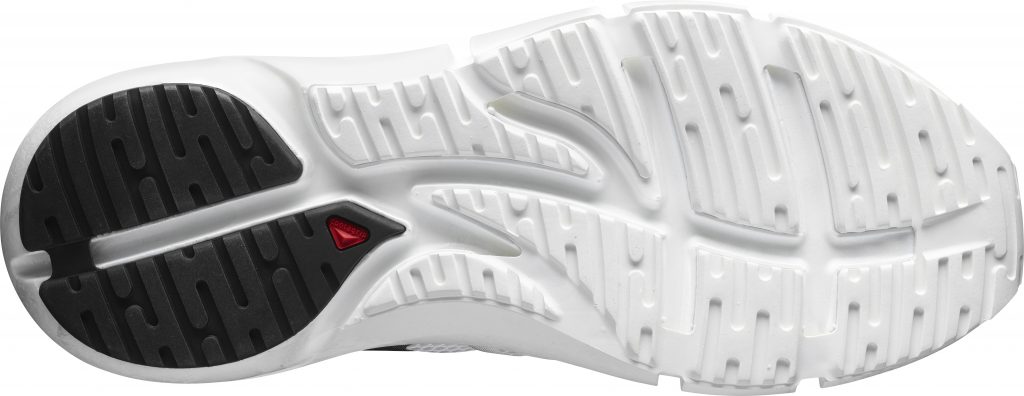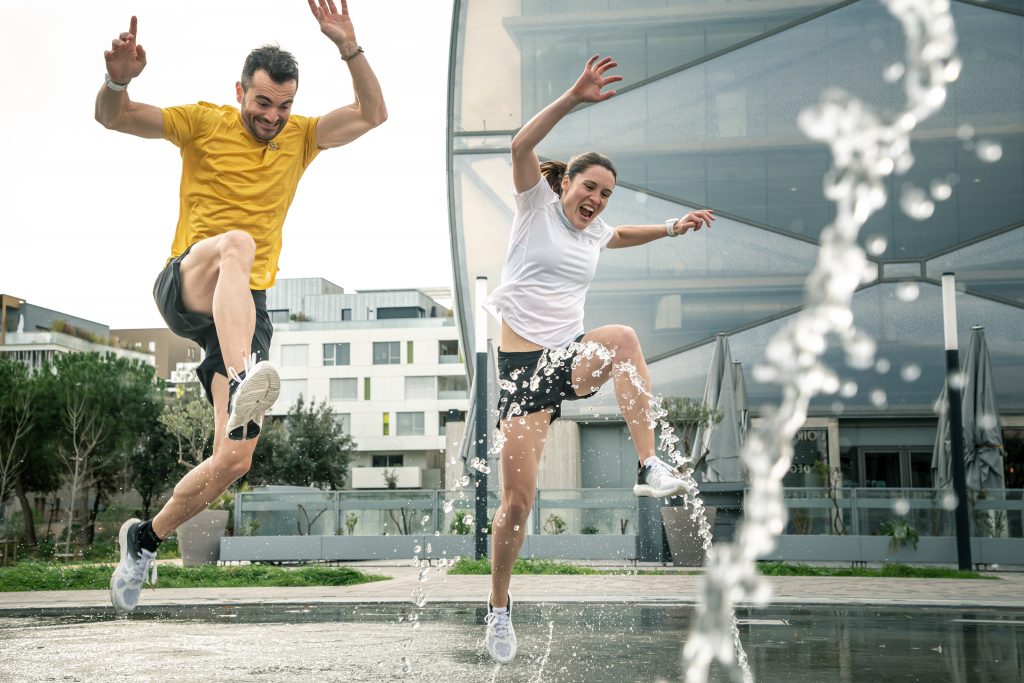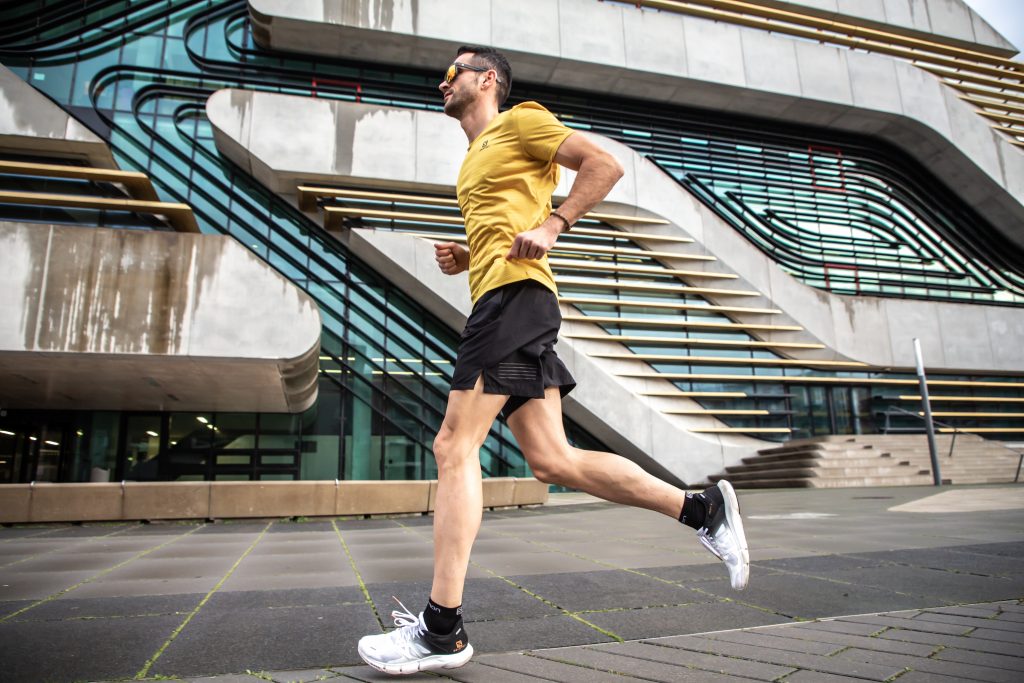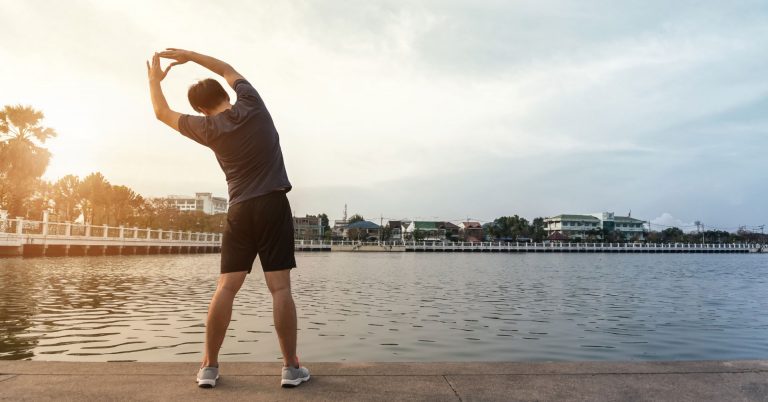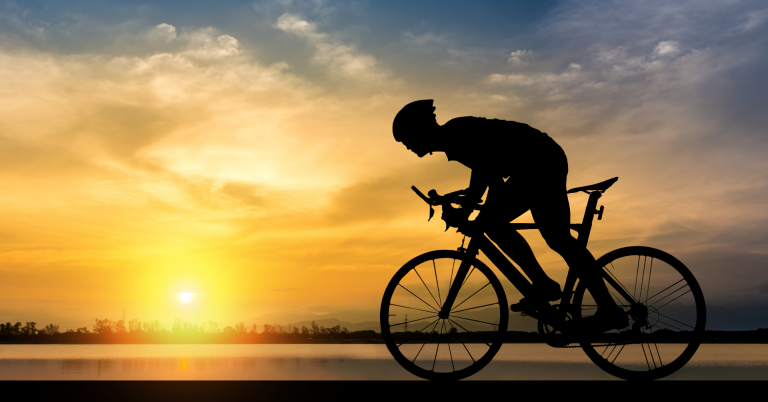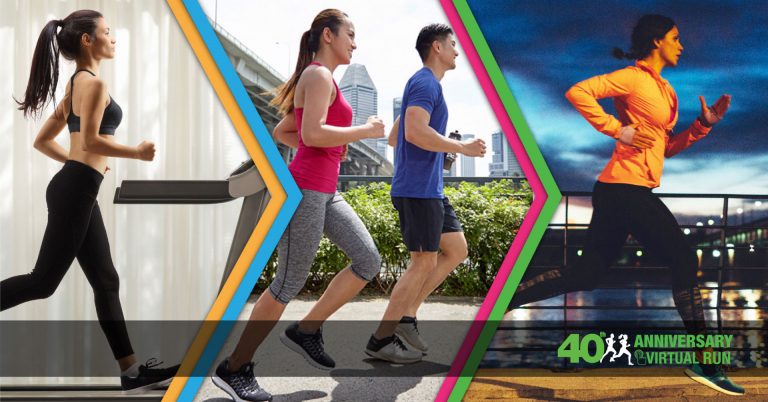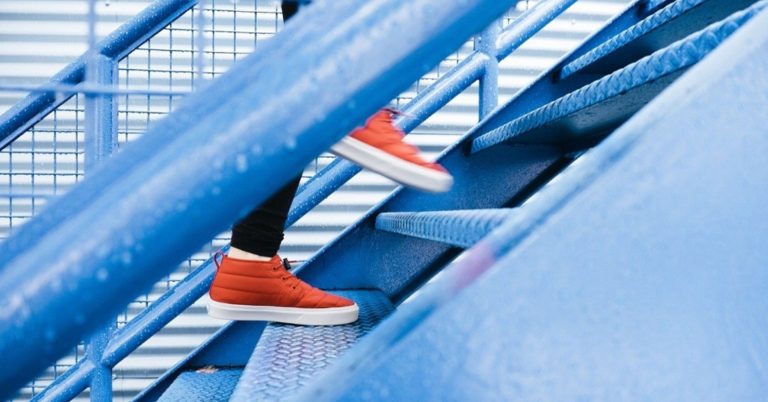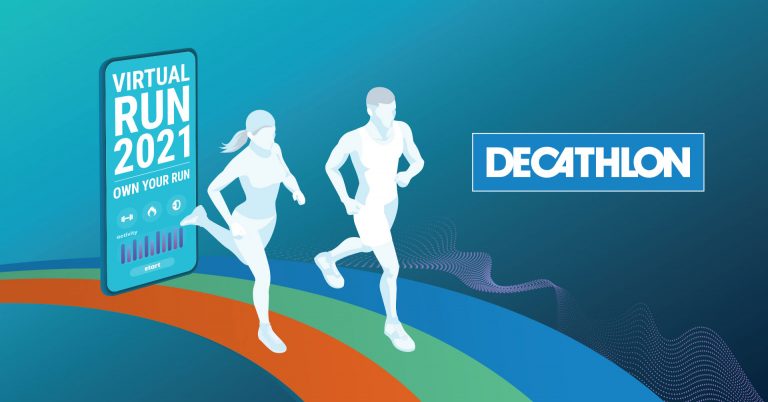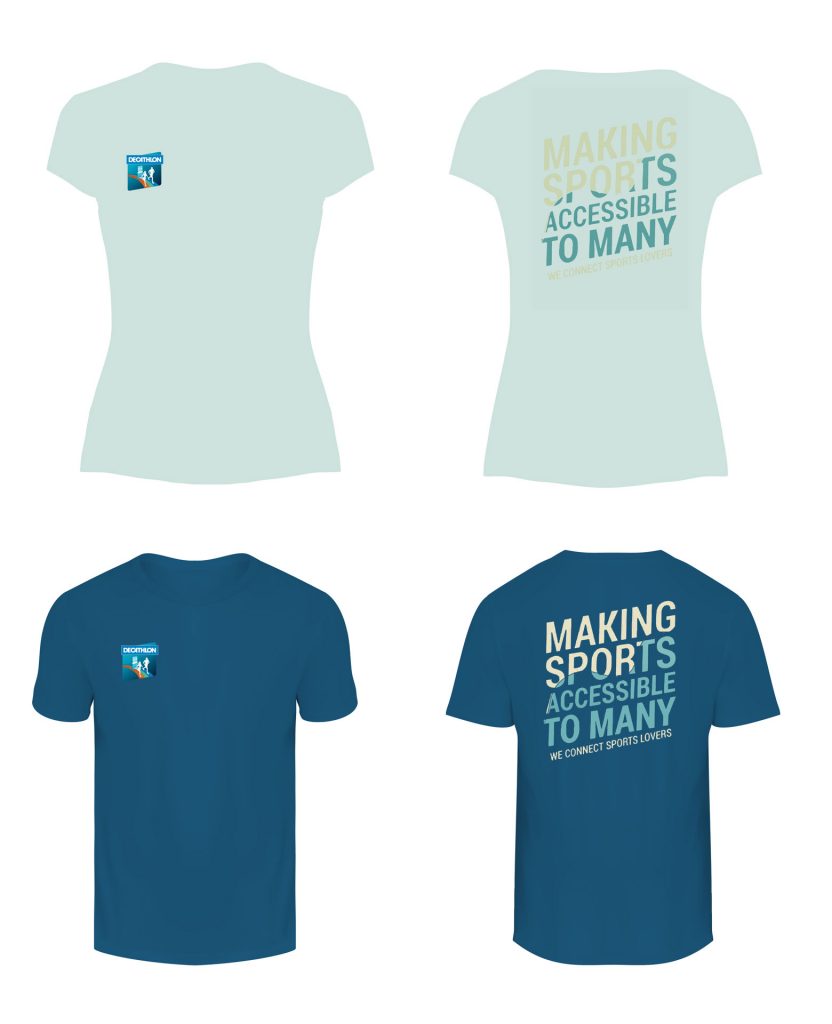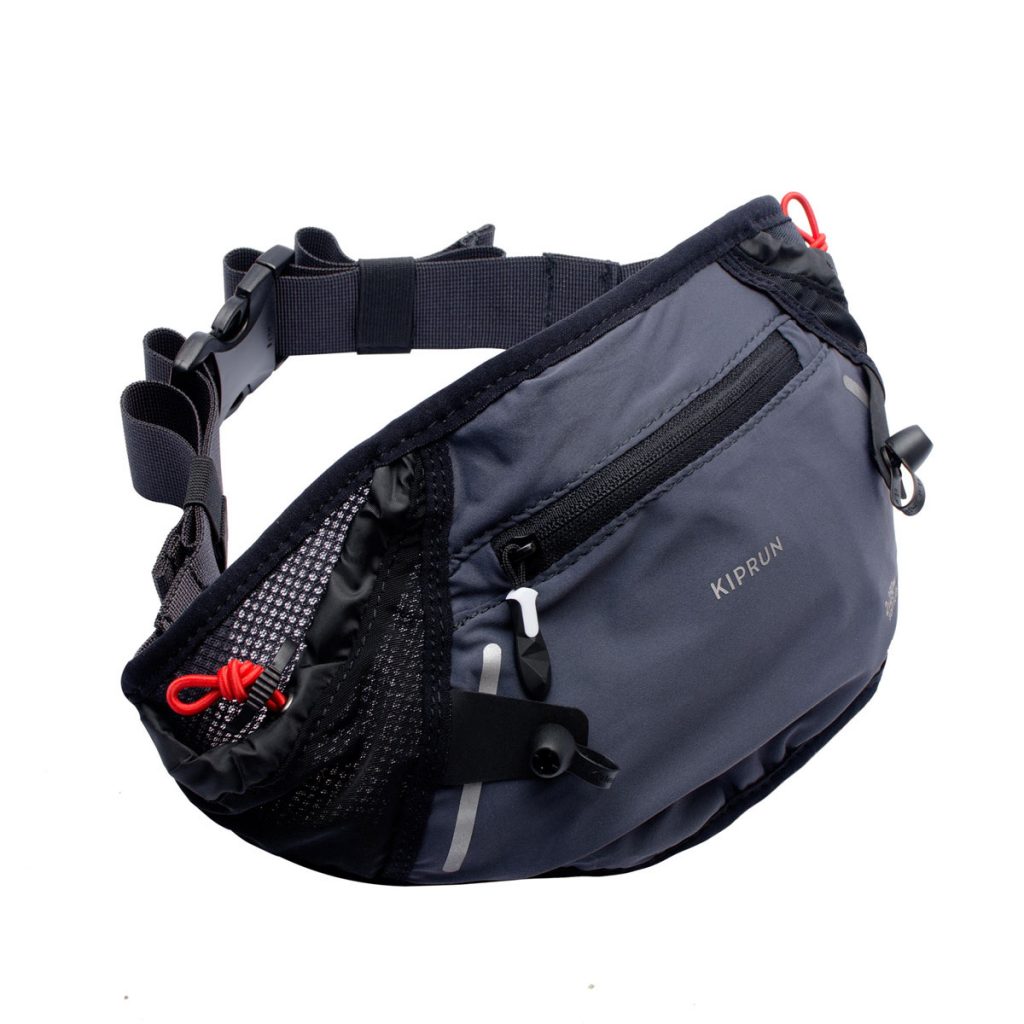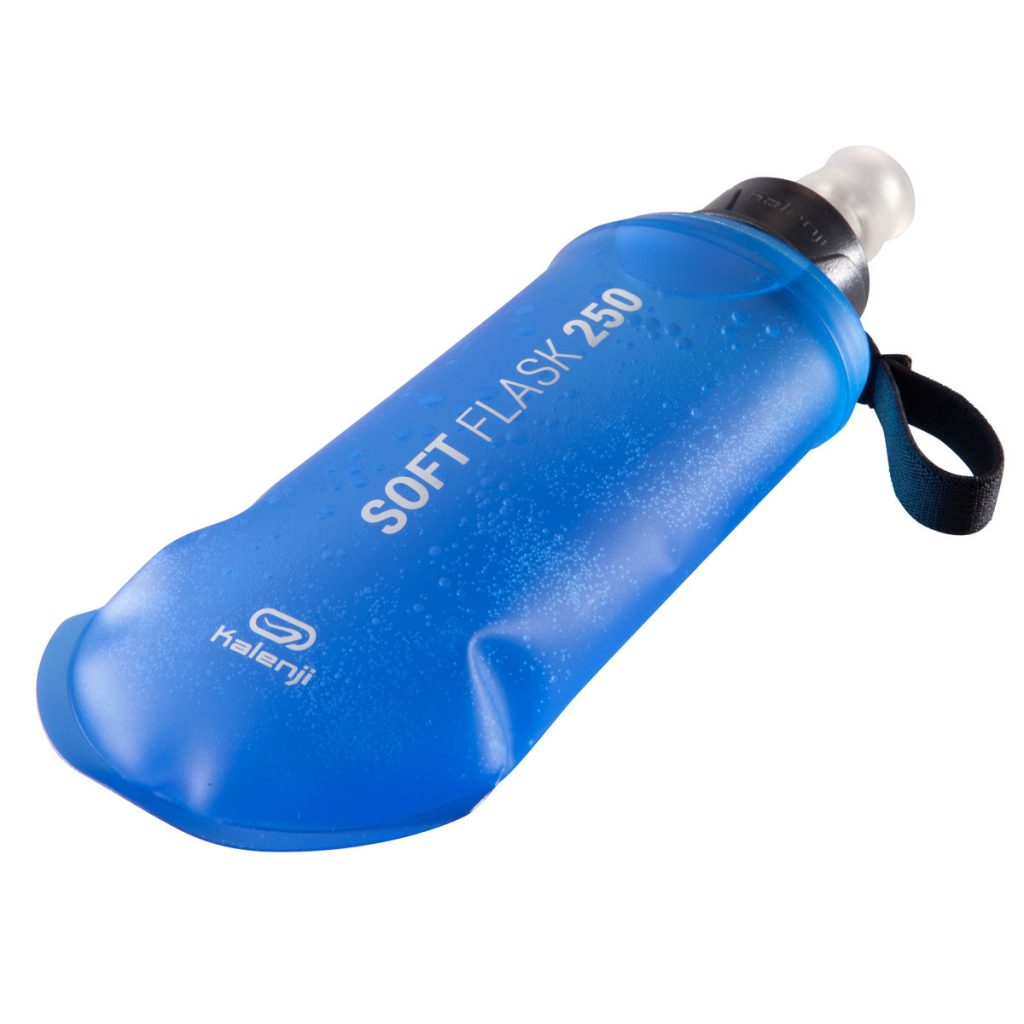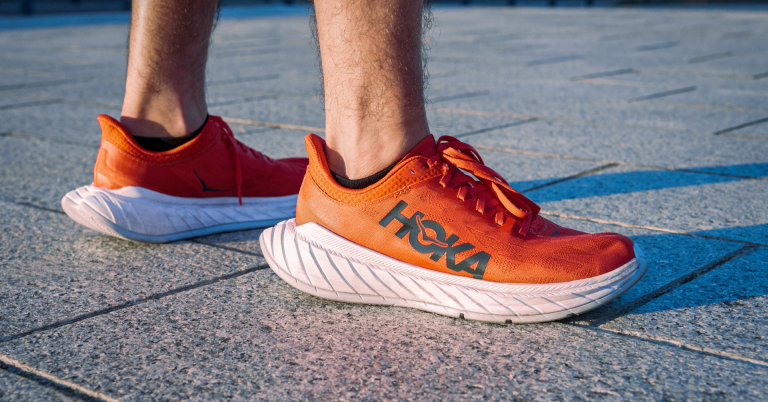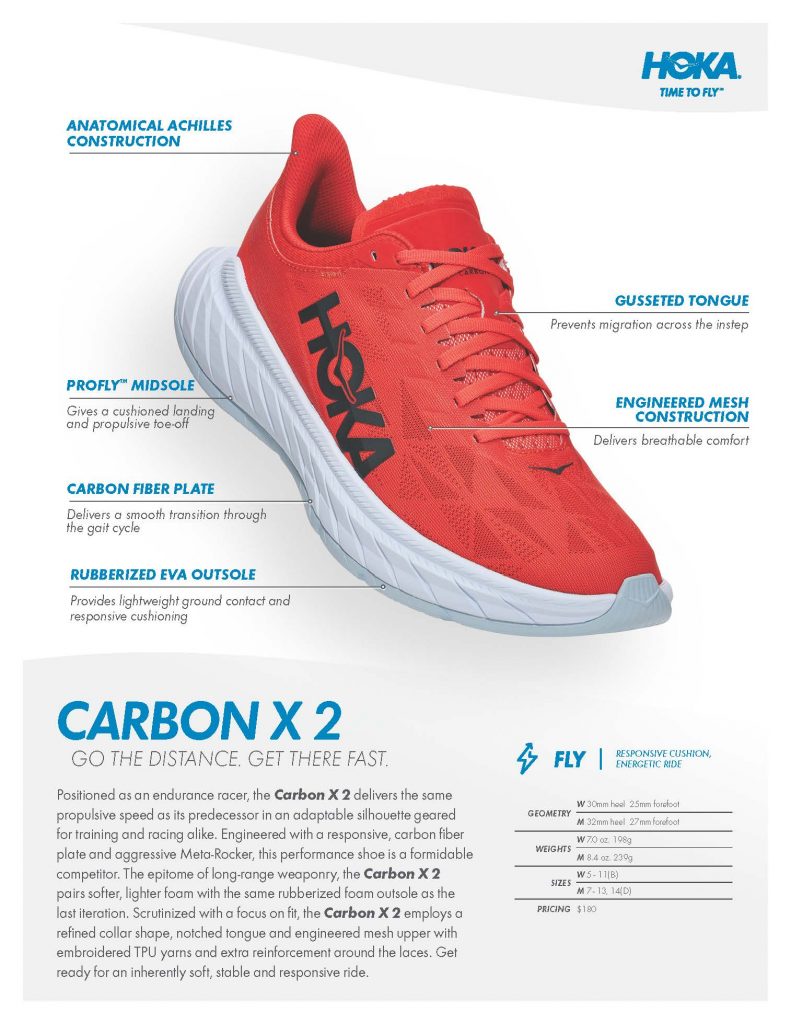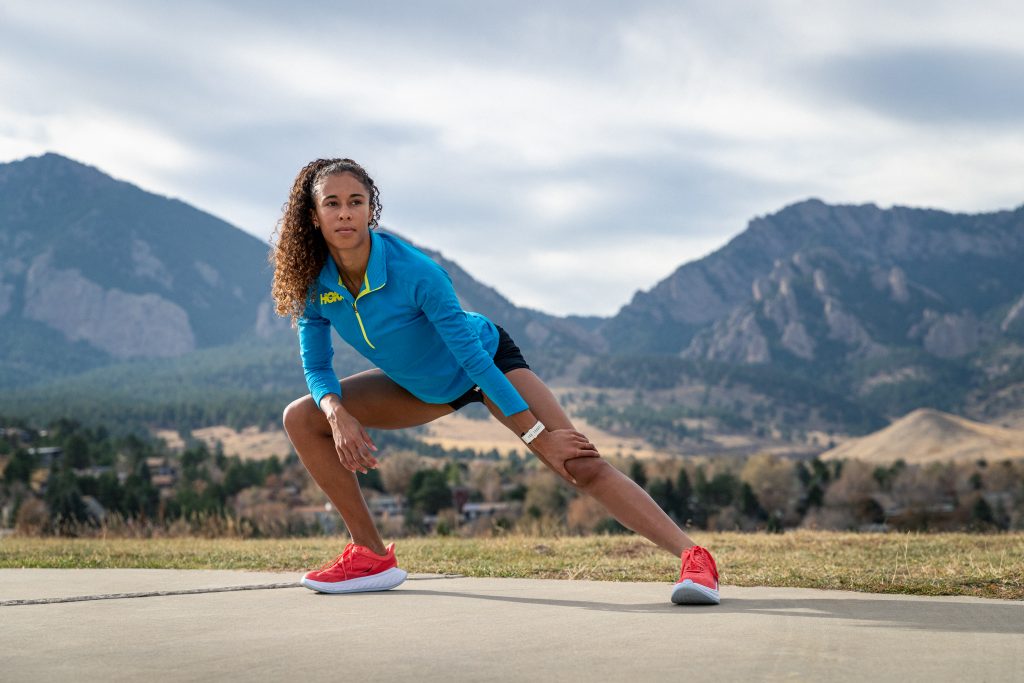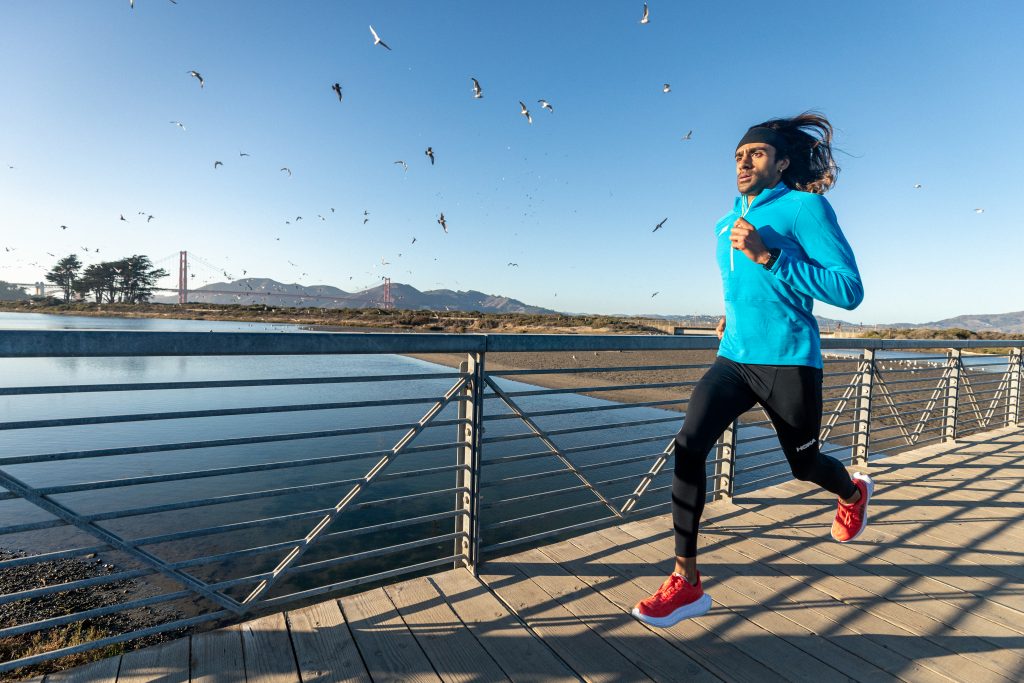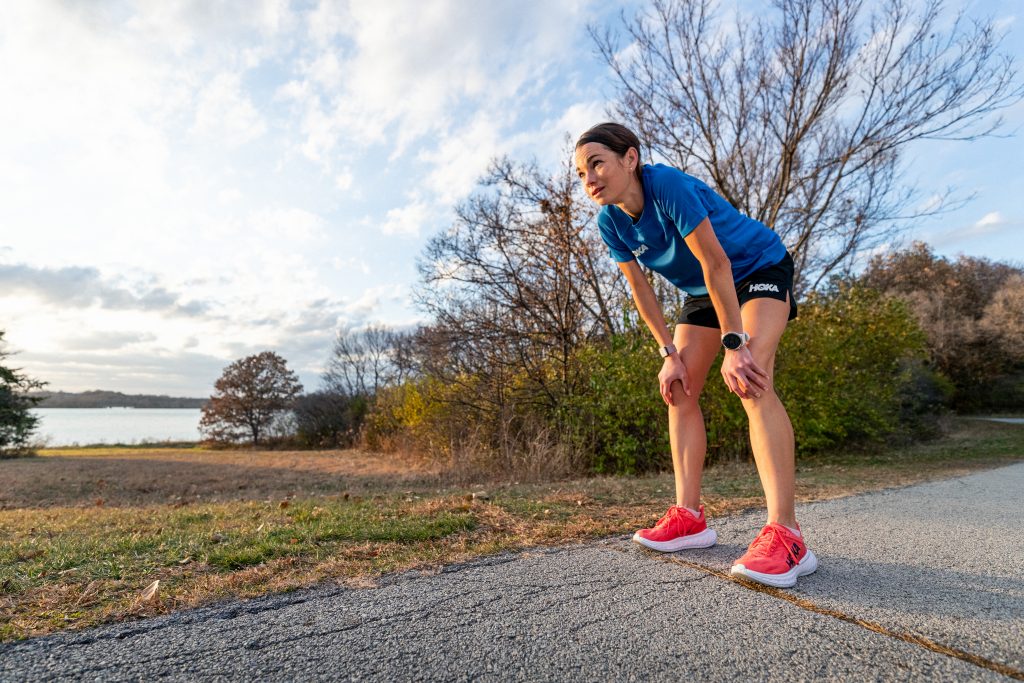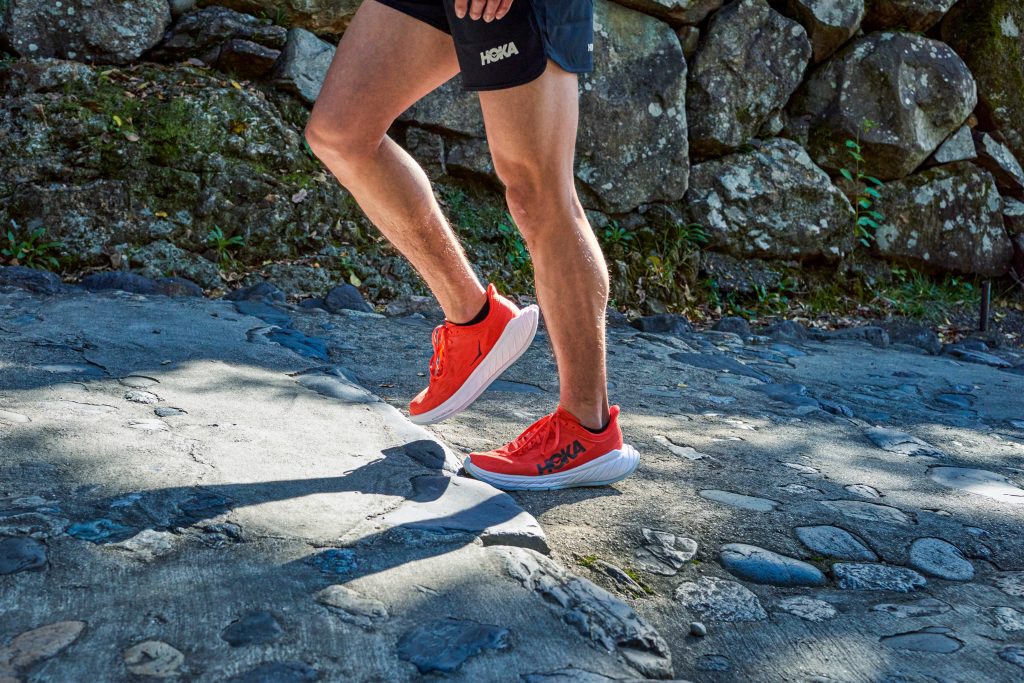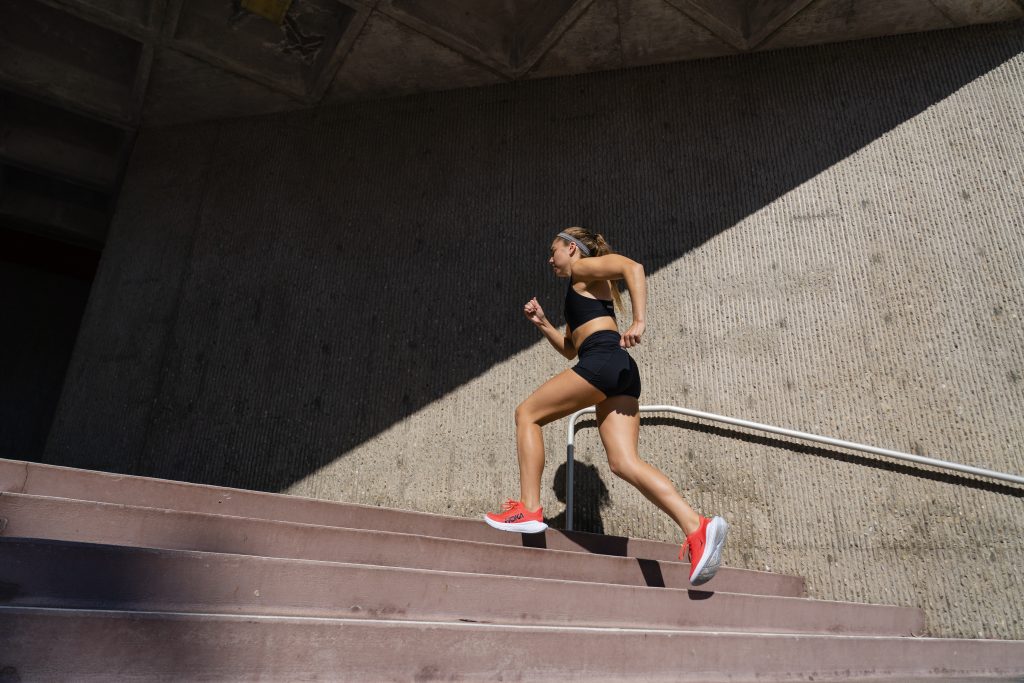Running is a great workout routine, and the best thing about it is that you don’t need a gym membership or other people to do this exercise. Because of this, running is considered by many as the go-to workout routine. But if you’re new to running, you need to know a couple of mistakes that are mostly made by novice runners who’re enthusiastic about this new workout routine but don’t have the experience or technique to do it without harming themselves.
Knowing how to avoid these mistakes safeguards you from getting an injury and ruining your motivation to exercise altogether. And with these mistakes in mind, you’ll be able to optimize your running routine better to make sure you burn the excess calories and achieve your desired workout goals. Let’s take you through some of the running mistakes you should avoid.
1. Doing Too Much Too Soon
It’s human nature to want to test your limits. This will be the case right after you incorporate running into your daily routine because you’ll be excited about this newfound desire to maintain fitness. As a result, you’ll find yourself trying to increase the intensity, frequency, and distance covered when running too quickly, something many novice runners are guilty of doing. In addition to this, you don’t take time to rest, which is much needed for the body to recover from this intense workout.
If you want to prevent such issues, experts at https://www.eastidspine.com/ recommend you increase the mileage you’re covering by 10% at most. This is important because running is a high-impact exercise, and overstretching your body might lead to burnout, injury, or illness.
2. Wearing the Wrong Shoes
Investing in running shoes is often disregarded by most newbie runners, and this is a mistake you must never make. This is because running shoes play a vital role in providing you with form and comfort while running. Therefore, you should make having quality running shoes a priority. Ideally, it would be best if you went for running shoes made from reputable brands. If you’re confused about which brand to go for, seek guidance from a salesperson to identify which running shoes offer you the best performance.
With the right running shoes, you’ll less likely get any injuries when running as opposed to old shoes. It would be best if you also get a new pair of running shoes once you’ve used your current pair for a distance between 300–500 miles.
3. Overstriding
As a novice runner, it’s a common misconception to think that taking longer strides is an excellent way to optimize your running and increase your speed. However, this is one of the greatest mistakes you should look to avoid as it only increases your exposure to getting an injury. This usually happens because your heel lands first when overstriding, and your foot is too much in front of your body’s centre of gravity. Because of this, you’re more susceptible to injuries such as shin splints. Moreover, overstriding leads to breaking with every foot strike, meaning you waste too much energy when running.
The best thing to do would be to take short strides that are near the ground while doing a low, short arm swing. You should also aim to keep your steps quick and light while trying to land mid-sole using your foot directly below you with each step you make. Additionally, never lunge forward using your feet, more so when you’re running downhill.
4. Not Taking Time to Recover or Stretch
We’re all time-conscious, and after spending time running, which is time-consuming, you want to take a shower and start doing your daily tasks quickly. However, this is a rookie mistake you must avoid. When running, you should always set aside between 10–20 minutes for stretching and recovery both before and after your run.
Stretching and recovery once you’re done running helps remove the lactic acid that might have built up in your muscles due to the intense workout. This prevents your muscles from becoming strained and tight, thereby becoming more delicate and more prone to getting injured. And to avoid this, you must always set aside some time to do some light stretching and recovery, which will help your muscles gain more strength. Other than this, you’ll also become more motivated to stick to your running routine because you won’t frequently have to deal with annoying injuries.
5. Avoid Overeating Carbs
Your body needs energy when running, and carbs are undoubtedly an excellent source for providing you with this much-needed power. Despite that, it’s crucial to remember still that carbs contain high-calorie content. Therefore, you should aim to find a perfect balance of the amount of carbs you include in your diet, or else your running efforts will be in vain.
The only time you should consider eating vast amounts of carbs is when you’re planning to go for a long training run or marathon, which is about 20 miles. Other than this, you should completely steer clear of complex carbs as opposed to the common misconception among newbie runners that you should continuously be eating carbs while running.
6. Not Using Metrics
It’s always advisable to know the intensity of your runs, and the best way to do this is by using metrics. This is something that you may overlook as a beginner to running but is something that you should prioritize. The reason for this is because it’s the only way you can know how you’re progressing and whether there’s room for improvement.
It’s a much better strategy than running at medium effort each time or running intensely for all your runs.
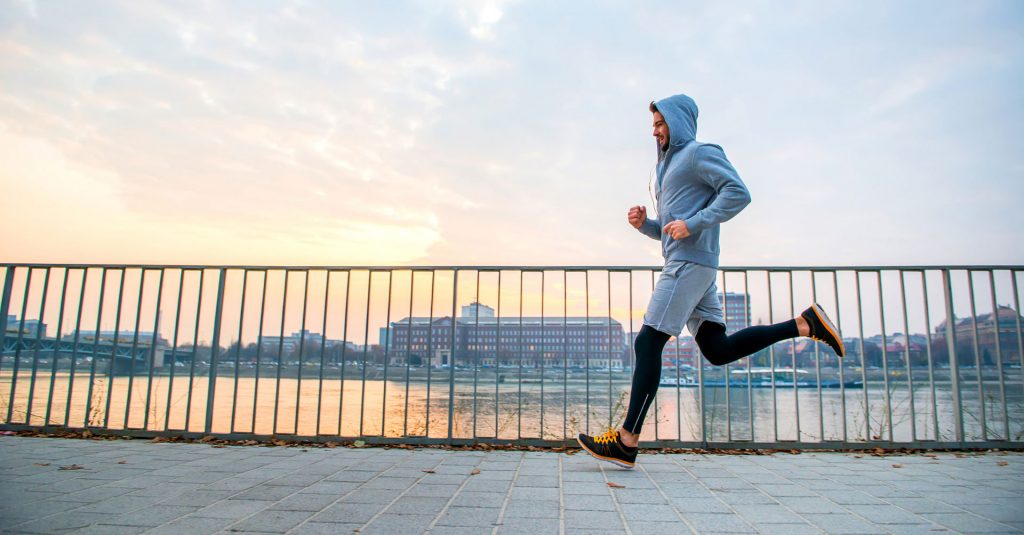
7. Running Even When Experiencing Pain
The human body is very delicate, and when it’s experiencing pain, it’s best first to examine the possible issue. This is more so an issue you’ll experience if you’re still new to running. And while you might assume this is the normal thing before you get accustomed to running, you shouldn’t run even when experiencing pain. Instead, you should take some time off running and focus on identifying and treating the cause of the pain.
If you ignore the pain you’re experiencing while running, you increasingly become prone to getting a severe injury. As a result, you might spend weeks or months on the sidelines, something that would have been avoidable if you took some time to rest and recover from the pain.
8. Using Too Many Stuff
Many aspects of today’s life are often very complicated, necessitating the need to use special tools and equipment. But this is the complete opposite of running, which is a straightforward workout since you don’t need a lot of gadgets to get started. This is a mistake many beginners make at first, and understandably so due to the excitement and desire to make sure they do things as they see other more experienced runners do.
You shouldn’t take a similar approach of investing in too many gadgets, with the most popular ones among novice runners being;
- Hydration pack
- Heart-rate monitor
- Music device
- Gel-belts
- GPS
Instead, you should simplify your running routine to avoid complicating things and making this simple workout appear complex, hence become demotivated.
9. Not Hydrating Yourself Adequately
Water is essential for the normal functioning of your body and continued health. Without it, then the productivity of your workout will undoubtedly suffer. If you wish to avoid this, it’s always mandatory to drink enough water to make sure you’re well-hydrated. This way, you don’t run the risk of dehydration when taking your runs, which makes you feel fatigued a lot faster.
It’s recommended that you drink between four to eight ounces of water to guarantee your workout’s effectiveness isn’t impacted. If you’re a slow runner, you should take between four to six ounces after every 20 minutes and six to eight ounces if you’re a fast runner.
With that said, you shouldn’t drink an excess of water when taking your runs. Instead, your goal should be drinking the right quantity of water to ensure you only achieve balance. Otherwise, you might end up feeling sluggish and heavy, thereby impacting the goals you had set for yourself.
10. Not Taking Rest Days
Because running is a high impact exercise, you must not run each day and should instead focus on giving your body time to recover from the intense workout. As a beginner, this is more so important because your bones and muscles are yet to adapt to this intense workout. It’s always best to do this because working out daily doesn’t mean you’ll achieve your workout goals faster. In fact, doing this can be counterintuitive because you become a lot more susceptible to injuries that might necessitate you to spend several weeks or months on the sidelines to recover.
Therefore, you need to include rest days in your workout routine. By doing this, you’ll sidestep getting an unwanted injury.
11. Wearing Too Many Clothes
The human body gets warmer after exercising. Because of this, you’re at risk of either wearing too little or too much, depending on the weather of where you live. As a result, you’re prone to experiencing cold-weather or heat-related sickness if you don’t pick the right clothes to wear during your run. And with the wrong clothes, you end up negatively affecting your performance.
To ensure this doesn’t happen, make sure to invest in the right type of fabric to wear during your runs. The best fabrics you should consider are;
- Silk
- Thermax
- CoolMax
- Thinsulate
- DryFIt
Any of these fabrics above is an excellent choice because it absorbs the sweat being produced by your body, thereby keeping you dry. You should avoid garments that are made from cotton because they don’t lose their wetness. This can significantly affect your well-being if you reside in an area with cold weather or make your runs very uncomfortable if you’re from a place with warmer weather.
During the winter months, you should steer clear of the temptation to wear too much clothing because your body becomes warmer once you start running. The best thing to do in this situation is to add between 15–20ºF to the prevailing temperatures to know how warm you should dress up before your run.
12. Trying to Compensate for the Missed Runs
If you’re starting out running, then you most likely have a training plan. However, there are days of the week when you’ll not be able to stick to your plan either due to an emergency, sickness, injury, or not feeling motivated. If this happens, then you’ll have no other option but to skip running for that day.
However, missing out on this run will, in most cases, have a devastating impact, and it will either make you feel like a failure hence become demotivated. When this happens, the common rookie mistake you’re inclined to make is rescheduling your missed run. To do this, you choose to either prolong your next run by double to compensate for the next run.
Although doing this might seem logical, it ends up being detrimental than of any benefit. This is because doing so exposes your body to a significant level of fatigue without giving it enough time to recover. As a result, this increases the chances of getting an injury and hinders you from taking runs in the future.
The best thing to do should you miss your runs is to shrug off any feeling of guilt that might be haunting you. And once you’ve accepted that missing a couple of runs is sometimes inevitable, you’ll be able to deal with the temptation to make up for the missed runs.
13. Starting Your Running Sessions Too Hastily
A common mistake made by most rookies is quickly starting their running sessions. By doing this, you’ll no doubt feel great at first, but your energy levels will drop drastically the more you continue with your run. You should avoid this, and instead, your focus should be on saving your body’s energy. By doing this, you’ll manage to run longer since you’re running at a constant speed. You’ll also be able to run for a longer distance as opposed to if you started sprinting.
Key Takeaway
Running is no doubt one of the simplest workouts you can try out to achieve your fitness goals. Therefore, it’s normal to assume that this workout can be done without first thinking of how it needs to be done correctly. However, this is far from the truth since there are many mistakes you’re prone to making, thereby putting you at risk of injury and reducing the effectiveness of this workout. If you’re a novice runner, this shouldn’t be an issue ever again after reading the mistakes you need to know about when taking your runs.


